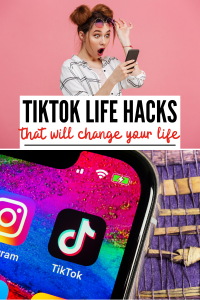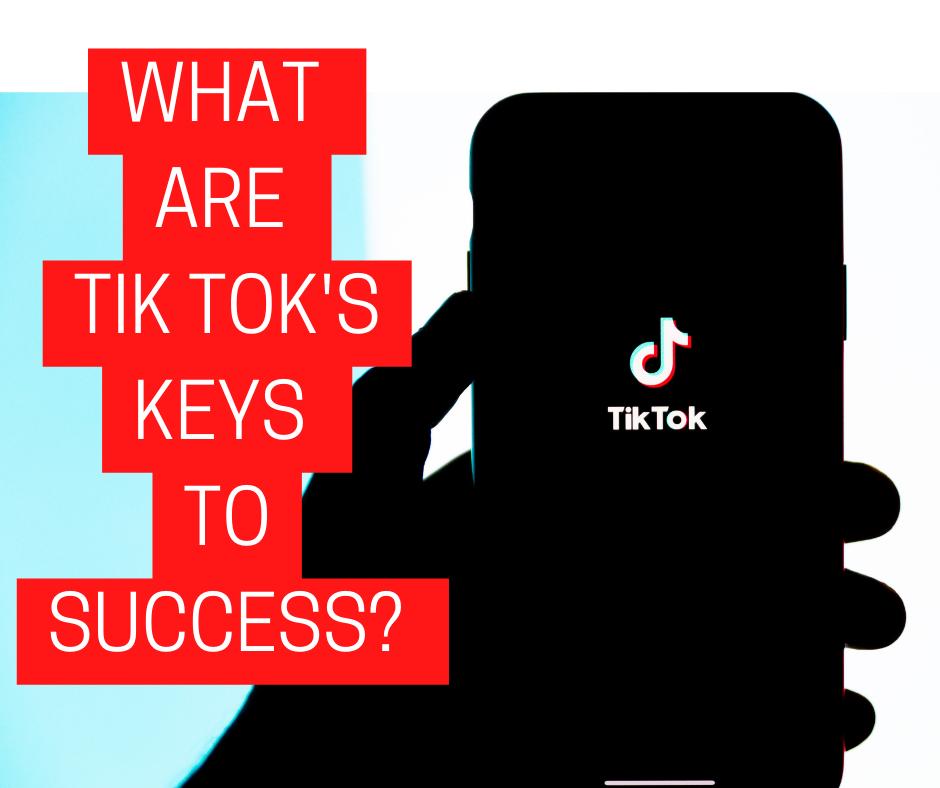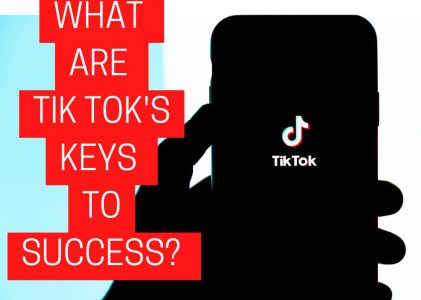Dear readers,
earlier this week I found myself awkwardly perched at the foot of my bed, on the floor, bent close to a PowerPoint to charge my tiring mobile phone so I could record myself making strange hand signals in time to the music in what was to become my first ever TikTok video (for this blog). When I shared my 13 seconds of glory with my friends, they laughed and laughed… and laughed. It was an abrupt, awkward and sobering crash landing on my journey to learn how to reach and connect with a far-reaching audience using the world’s most downloaded social media app: TikTok.
My deer-eyed expression and mistimed hand actions, recorded and re-recorded over two long hours, had me exhausted. To prepare I had to watch how-to videos, set up lighting and background, and props, work out what to say, my actions, do my face and hair, sort the music and timing and then edit it and add effects all on my mobile (Note: big thumbs are not adequate for editing on phones). It was a whole more effort than I’d imagined.
Check out my video here.
I could not help but wonder:
a) when I had missed the meteoric rise in popularity of TikTok videos? and;
b) how useful they are to growing an audience?
Why bother with TikTok?
My preoccupation with having small humans can probably answer a). But more seriously, TikTok was made by a Chinese company called ByteDance, which essentially re-named their local version of the app (called Douyin). It launched outside China in 2017, and worldwide in mid-2018 after merging with another local service called Musical.ly. In 2020, it soared in popularity during lengthy periods of COVID-19 self-isolation especially amongst youth (read more about TikTok’s background in Kaye’s in-depth research on the app and Abidi’s research mapping TikTok’s internet celebrities).
As to b), social media experts say if you’re aiming to reach a large and ‘lucrative market’, then TikTok is worth bothering with, boasting more than a billion users in 154 countries. Just how is it able to capture such a large audience when digital heavyweights like Facebook and Google linger?
Apparently, the short-form-video-sharing app has prevailed over many other social media sites because it has an ‘addictive’ algorithm to keep users scrolling for hours (it understands users’ preferences and appeals directly to them); and constantly innovates its vast catalogue of tools (sound effects, music, filters, etc.) to keep users hooked.
Australian Digital Media Researcher D. Bondy Valdovinos Kaye believes a key aspect of TikTok’s success is how it ‘circumscribes creativity’, essentially TikTok empowers ordinary citizens to become creators by offering standard templates and tools or guides that allow seamless creation and to capitalise on popular trends. Unlike other social media platforms, this allows users to duplicate popular formats for themselves with the push of a button. According to Kaye, TikTok enhances this feature by also offering users suggestions for content creation via trending pages and hashtag search filters. And I did exactly this when I created my dreaded introduction TikTok, as I searched #introductionvideos and then found a video I could copy with suitable lyrics to introduce me and copied it.
It’s easy to understand in this creative environment how users start developing their own templates and trends, which feed into TikTok’s diverse catalogue of offerings and guarantees its content always has virality. Content on the app is wildly varied and popular (from people stealing sinks to recreating dances to DIY tips to calling out racism) and as a result speaks to a broad audience of communities on any subject matter you can poke a stick at. You may have also noticed that Millenials (born 1981-1996, also known as Gen Y) looove TikTok and marketers loooove Millenials and hence the platform. Millennials are aristocracy when it comes to online audiences because they are ‘coming of age’ and more likely to be engaged long-term, and there are lots of them globally (a quarter of the population in America). These factors make the target audience very desirable.
But how useful is TikTok for digital activism?
If you’re focused on digital activism (like we are at New Media Activists) then Millenials are an A-lister audience because they’re also highly engaged in technology and therefore exposed to and potentially interested in digital activism. Helpfully, they’ve also shown to be open to new authentic ideas and high-quality content, of which we plan to have oodles of (of course!).

I can’t say I am drawn to TikTok for high-quality content, in fact, a lot of it makes me cringe and want to hide behind something.
How many reaction videos, hack tutorials, dance-offs, cooking demos, under-dressed and sexualised presenters need to be produced? So much of the content seems superficial, full of people pushing their constructed TikTok identities and seeking validation.
Is anyone else both fascinated and disgusted by the app? Please tell me about your experiences and reflections below.
In the next blog, we’ll check out a TikTok influencer filming acts of ‘heartwrenching’ kindness which have drawn reproval from people featured in them, and dig deeper into TikTok to see if it can be used productively to support digital activism.
Thank you very much for reading to the end and I look forward to lively discussions directly on the post’s “Comments” section as well as on Facebook and Twitter. Have you ever sat in front of a TikTok video that made you cringe? Do you think this is something we need to get used to get accustomed to being in a cringeworthy realm all the time? Did you feel like I also made the case for high-quality TikTok content? And what is something you feel was missing in the analysis? I’m eager to know and to broaden my horizons. Thank you in advance for the engagement!
“Read” you next time!


